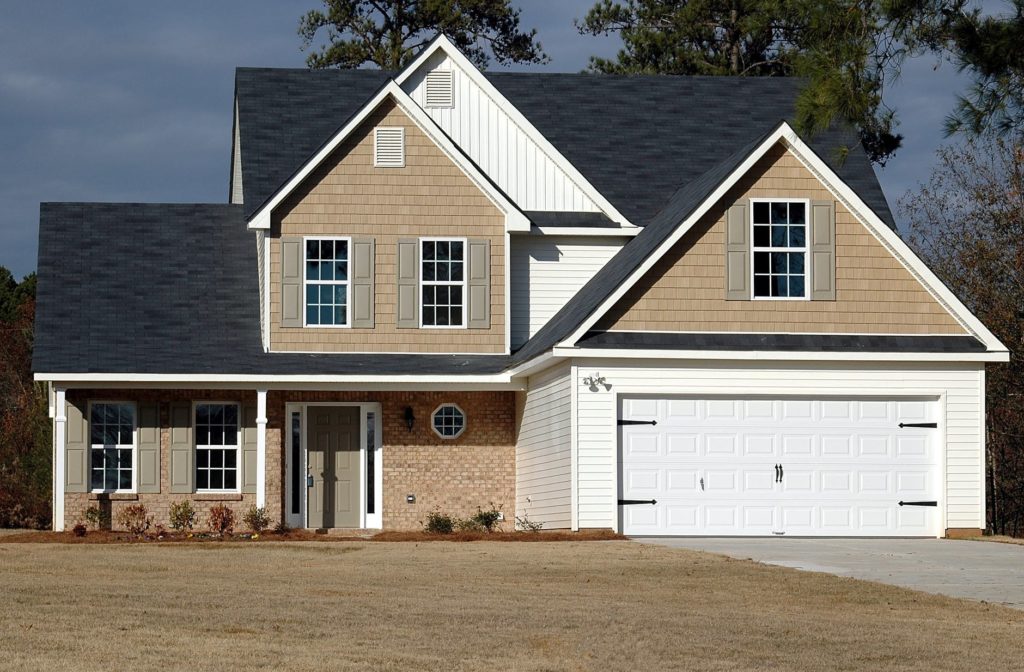Disclosure: This post may contain affiliate links, meaning we get a commission if you decide to make a purchase through our links, at no cost to you. Please read our disclosure for more info.
The garage door is without a doubt one of life’s great inventions. Not only does it provide the convenience that you need to quickly and easily enter the home, but it provides safety and protection. That being said, a garage door is made up of a lot of components and some of those components are the springs.
If you have ever heard a spring snap it can be quite a scary experience. It sounds similar to a gunshot and in many cases it might cause the door to come crashing down. This is just one of the features of garage door springs.
In This Post:
A Look At Extension Springs
An entire garage door system is actually composed of several different springs that serve extremely important functions. Just look at the extension spring. This is a type of spring that actually has the important job of lifting the garage door. These springs are attached to pulley and cable systems that move along the track of the garage door. They are located at the back of the door towards the ceiling and they are usually attached to an eyebolt. When the door is completely open there isn’t any tension on the springs, when the door is closed they are under full tension. So, you can see that these springs are constantly under pressure. When well maintained these springs should be cable of producing 10,000 lift cycles.
Different Types Of Extension Springs
DoorBoy’s garage doors are the best, but you should know that each door requires very specific extension springs. If you are looking to replace your springs on your own, you need to know that there is no universal spring. Each door will require a specific type of spring for safe and optimal operation. Choosing the wrong springs could mean that your door won’t open properly or safely. This could even result in an injury if the door puts more tension on the spring than they can handle. Extension springs are usually color coded to indicate the amount of tension that they can handle.
A Look At Torsion Garage Door Springs
Torsion springs are somewhat of a new concept, but they are critical when it comes to the proper operation of your garage door. They are typically mounted right above the door to a header and also utilize a cable and pulley system the help lift the door. However, this cable and pulley system is comprised of two drums and two cables. A single car garage door will contain one of these springs, while a double car garage door will be comprised of two. These springs are wrapped around a tight-fitting winding bar and this is how the springs are put under tension. When the door starts to lift the winding bar will twist the springs.
Under Tremendous Amounts Of Tension
One downside to the torsion springs is that they are constantly under tremendous amounts of tension. It takes special tools and knowledge to wind these springs during the installation process. However, one good thing about these springs is that when they snap they actually stay on the winding bar, which reduces the chances of injuries.

